How to achieve recycling of recovered cotton baling film
2025-05-27
Cotton Baling Film Recycling Solutions
1. Mechanical Recycling: Traditional Repurposing
- Sorting & Cleaning: Separate by polymer/color; remove contaminants via high-pressure washing/chemical degreasing.
- Shredding & Pelletizing: Convert to flakes → melt → extrude into pellets for new baling films/agricultural products/low-value items.
- Limitations: Polymer degradation from heat/contamination restricts use to lower-grade applications.
2. Chemical Recycling: Advanced Upcycling
- Pyrolysis: Decompose in oxygen-free environments to produce biofuels/plastic raw materials (ideal for contaminated films).
- Solvent-Based Recycling: Use specialized solvents to separate polymers from additives, enabling food-grade/medical applications.
- Advantages: Maintains polymer integrity for closed-loop systems (e.g., food-grade plastic).
3. Innovative Applications & Design
- Monomaterial Design: Use single polymers (e.g., PE) for easier sorting/recycling.
- Bio-Based Polymers: Explore biodegradable options (e.g., PLA), though cost/durability challenges persist.
- Industrial Repurposing: Create geotextiles, composite materials, or pallet wrap from recycled films.
4. Challenges & Solutions
- Contamination: Pre-consumer waste is easier to recycle; develop on-farm collection systems for post-use films.
- Economic Viability: Subsidies/carbon pricing can address low oil price disincentives.
- Consumer Awareness: Partner with cooperatives to establish collection points and educate farmers.
5. Regulatory & Industry Initiatives
- EPR Policies: Mandate manufacturer responsibility for collection/recycling (effective in EU/N. America).
- Industry Partnerships: Programs like GPAP foster circular supply chains for agricultural plastics.
- Digital Tracking: Use blockchain/QR codes for waste traceability from field to facility.
You Might Also Like
-
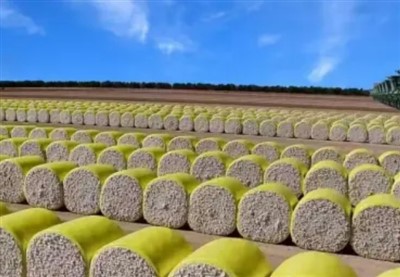
what are the advantages of cotton packaging film
-

The Advantages of Cotton Wrap Film
-
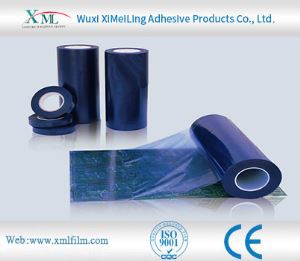
How does pe protective film cope with high temperature environment
-
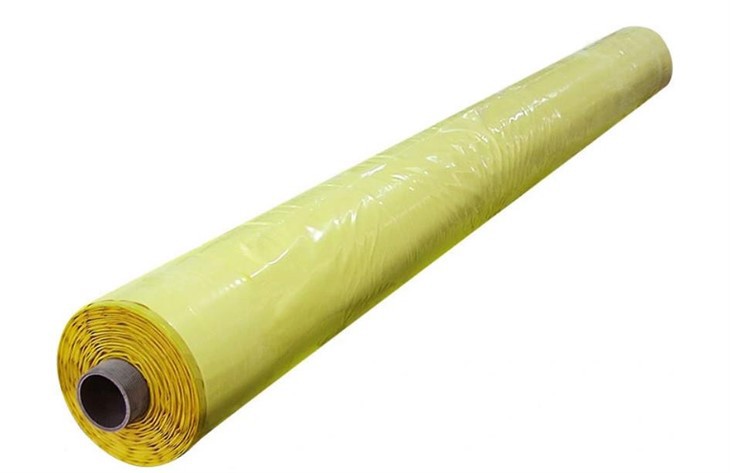
Advantages of Cotton Bale Wrap Film
-
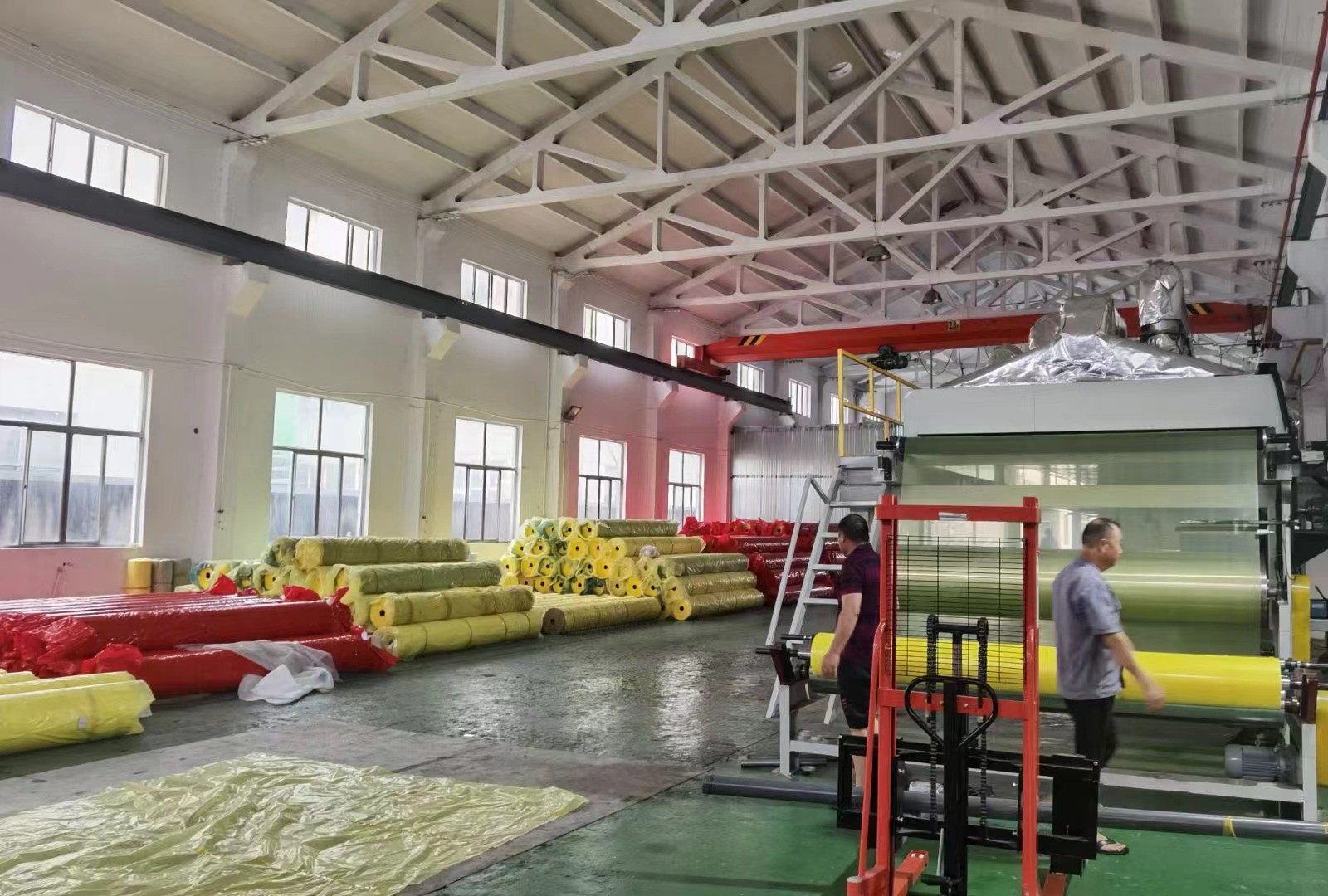
Storage method of cotton bale wrap film
-
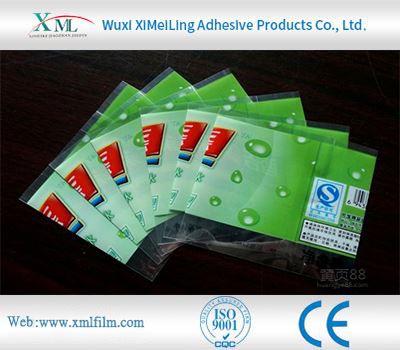
How Polyethylene Packaging Material Copes with High Temperature Environment
